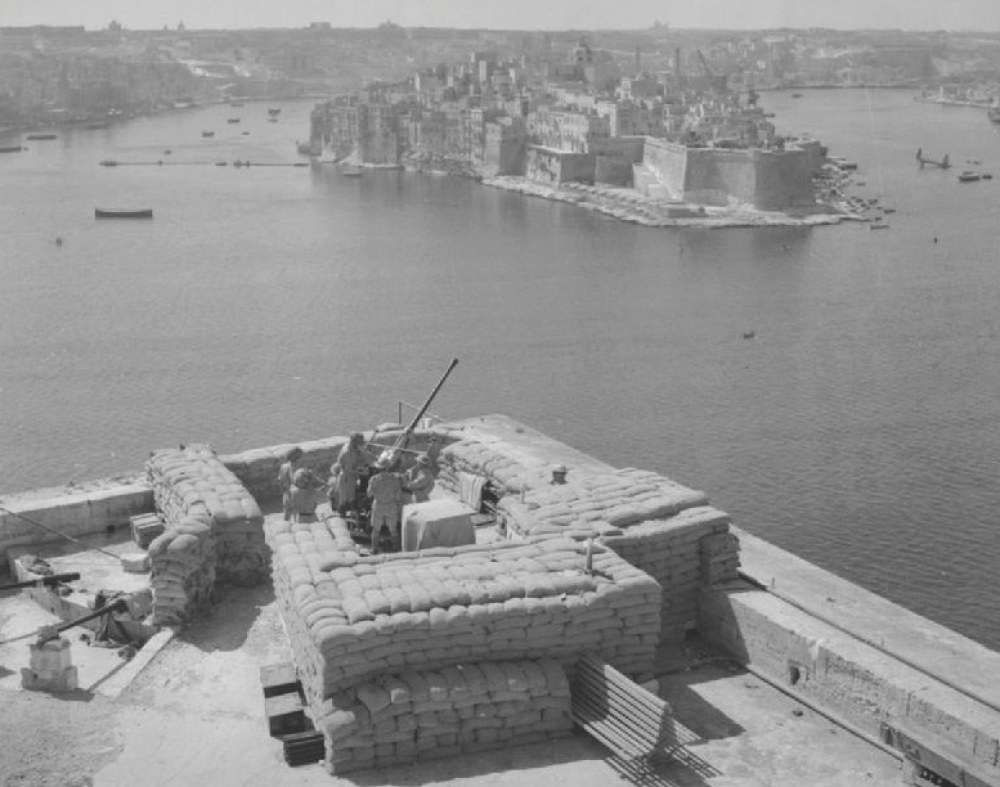1959
Interim Constitution
Malta is granted an Interim Constitution, providing for the creation of an Executive Council.
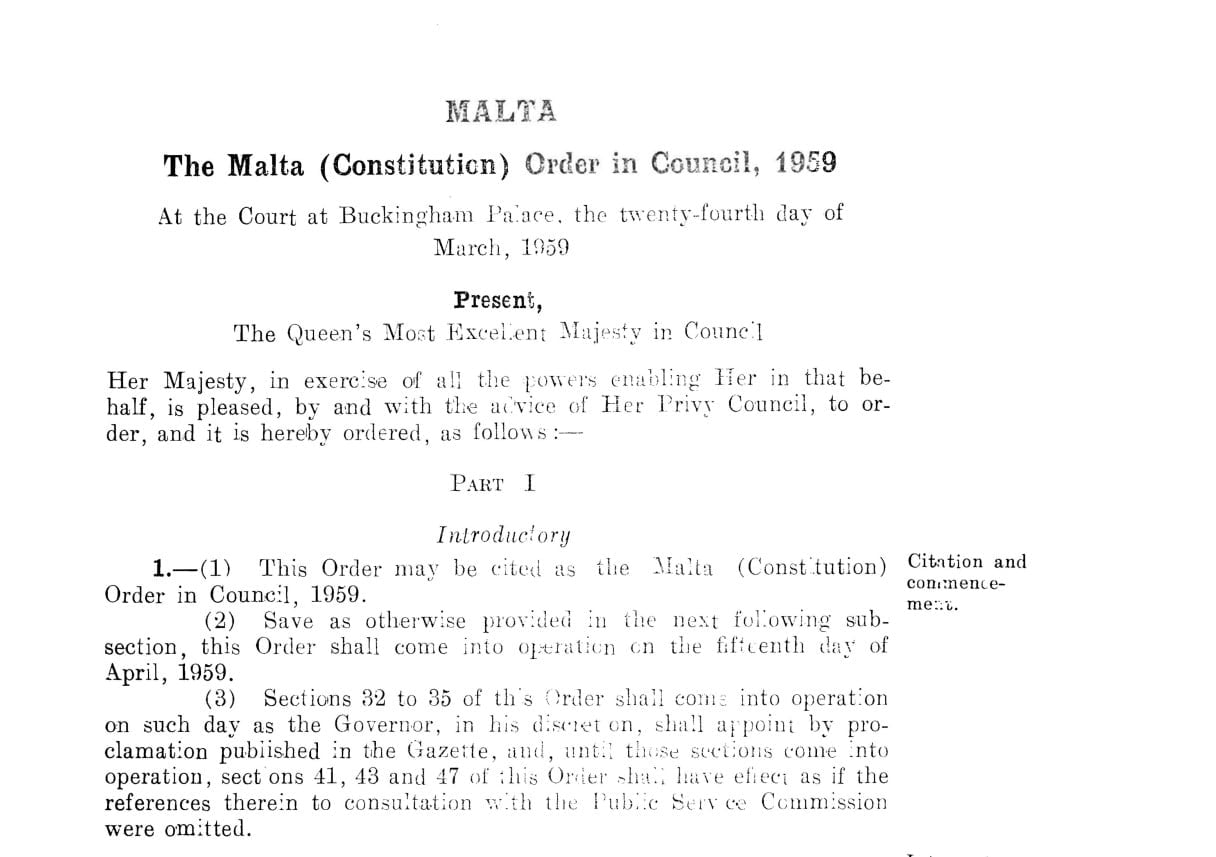
1959
Malta is granted an Interim Constitution, providing for the creation of an Executive Council.

1958
The United Kingdom imposes direct colonial rule over Malta.
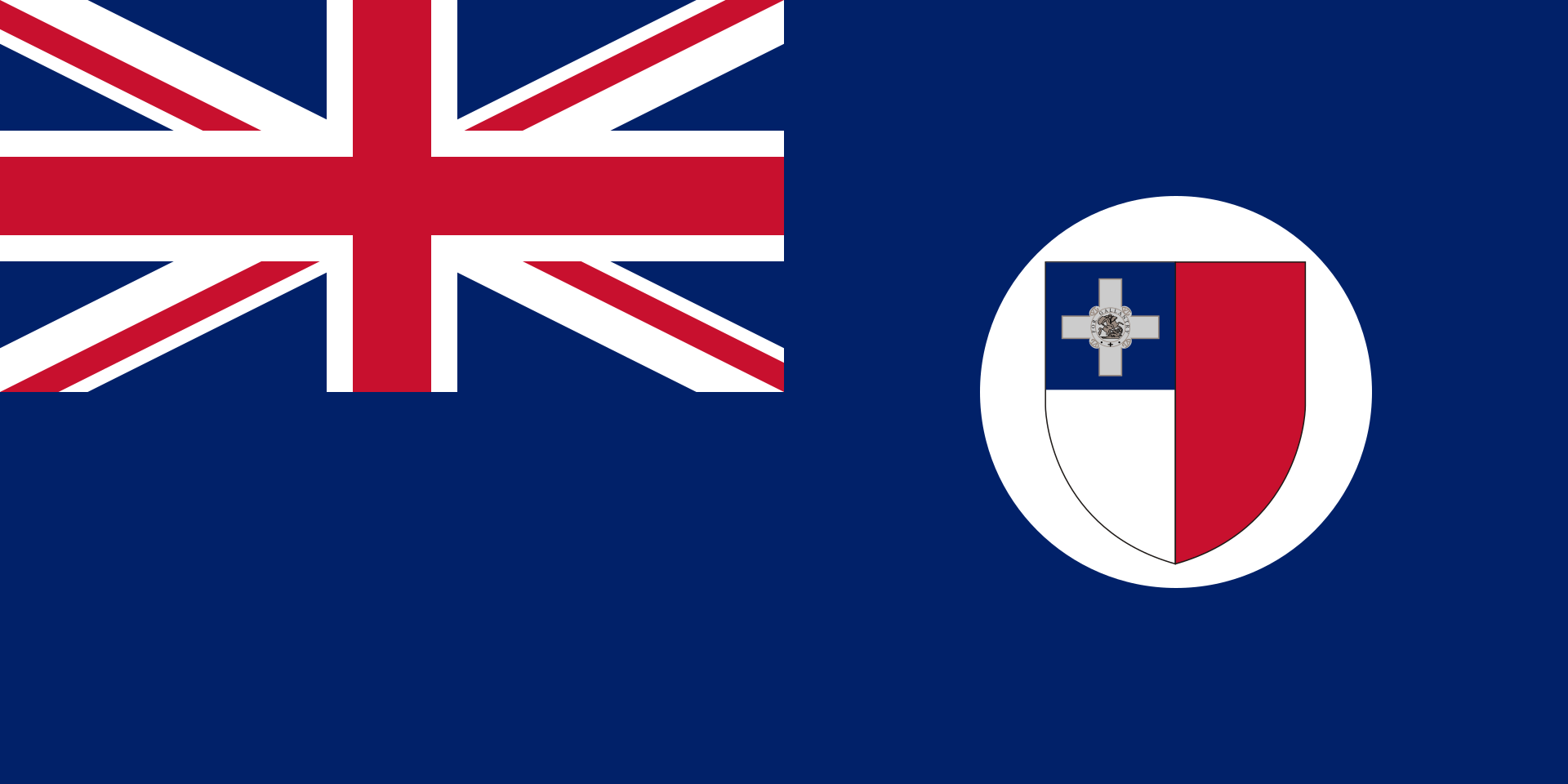
1958
Talks between Valletta and Whitehall regarding the integration proposal break down.
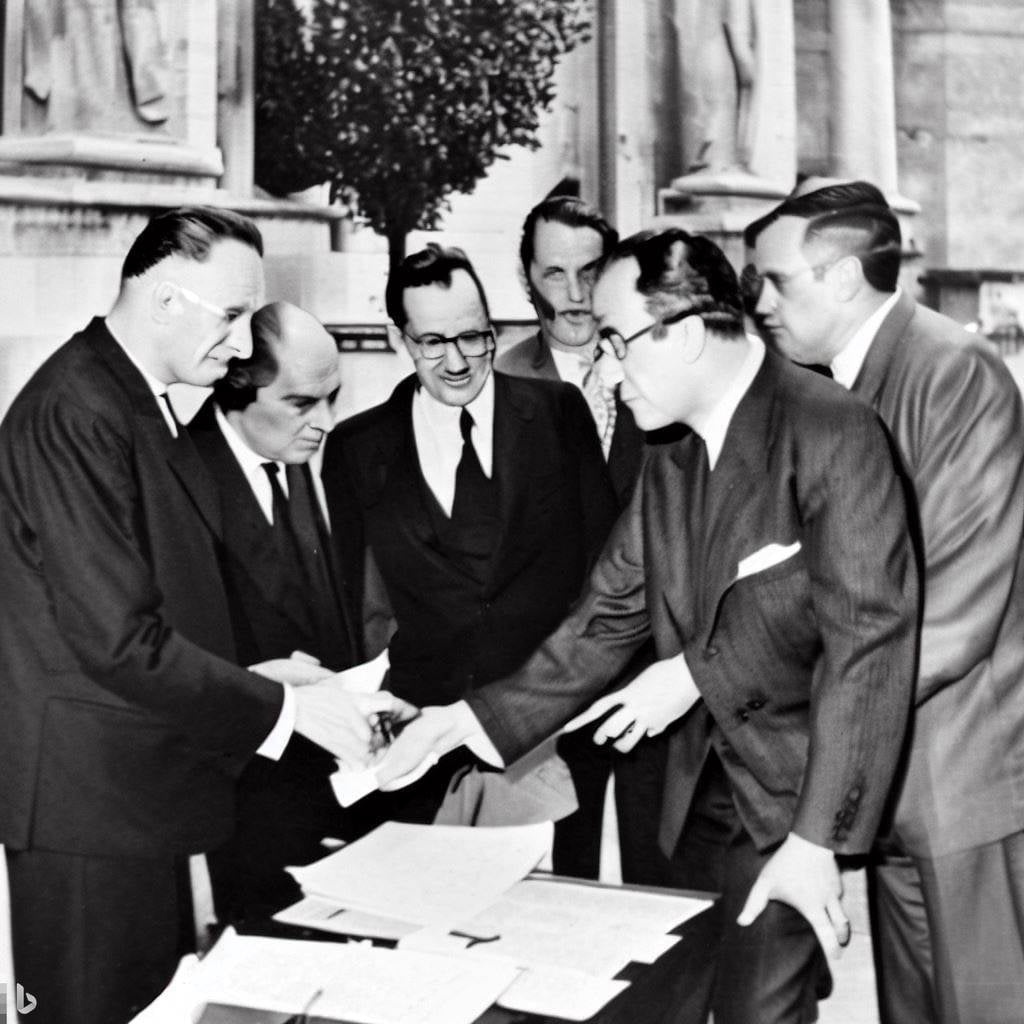
1957
Closure of the British naval docks in Grand Harbour has a devastating effect on the Maltese economy, leading to high unemployment at a time when a quarter of the workforce was employed in defence related activities.
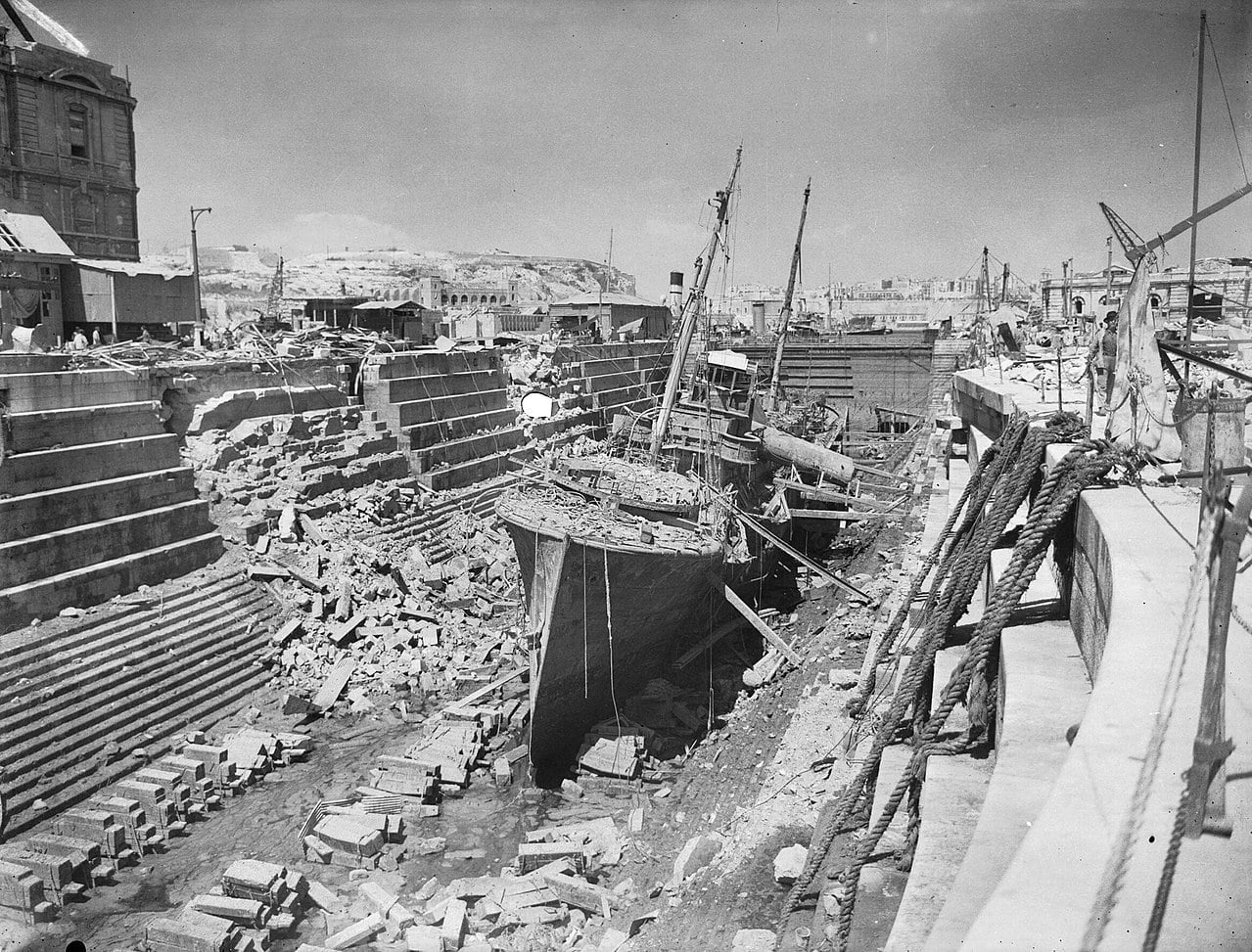
1956, February 14
A referendum is held on the integration of Malta into the United Kingdom: 75% vote 'Yes'; however, the result is deemed to be questionable due to a boycott by 40% of the electorate in response to concerns raised by opposition parties and by the Catholic Church.
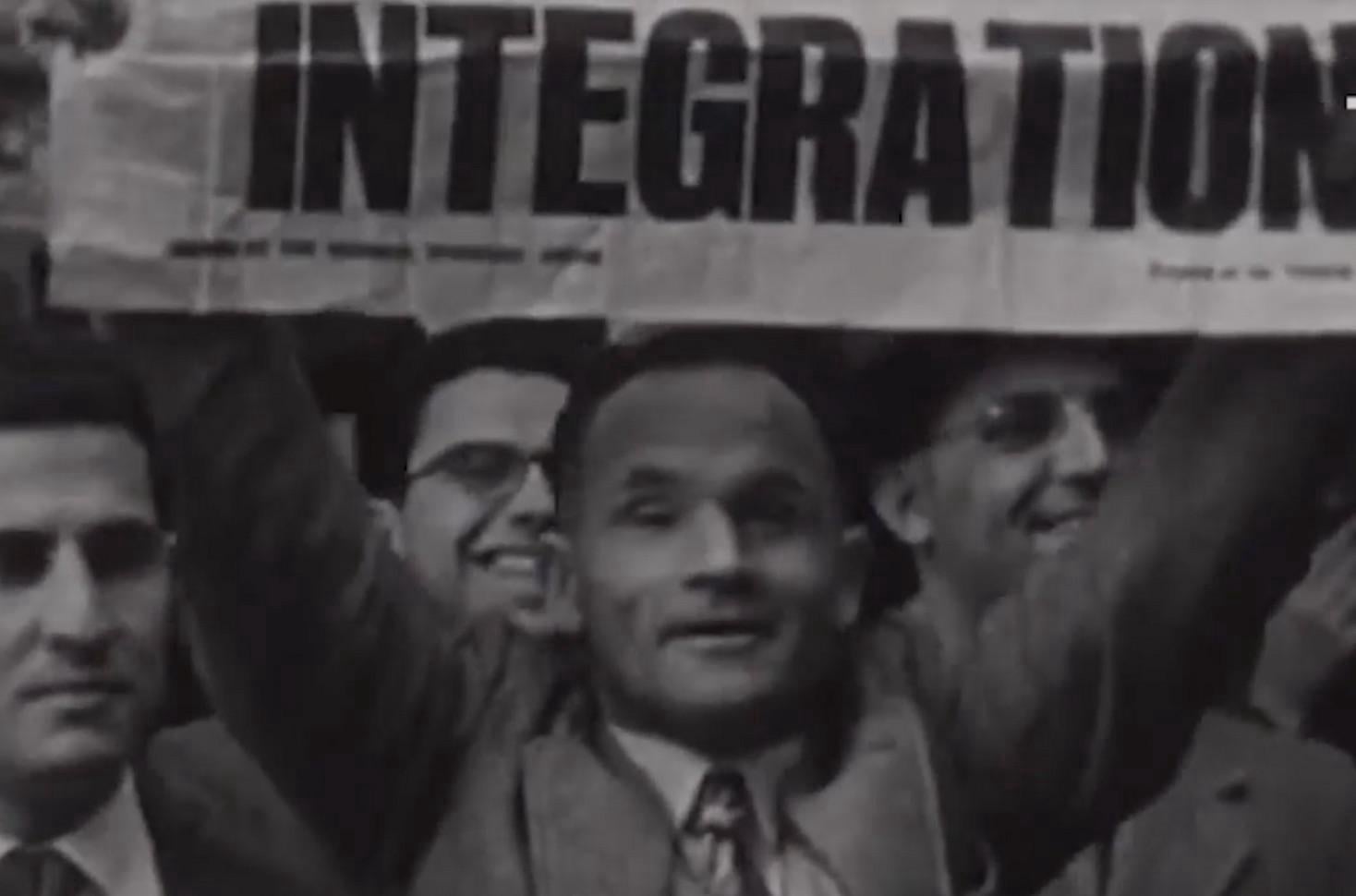
1955, December
A Round Table Conference is held in London, on the future of Malta.
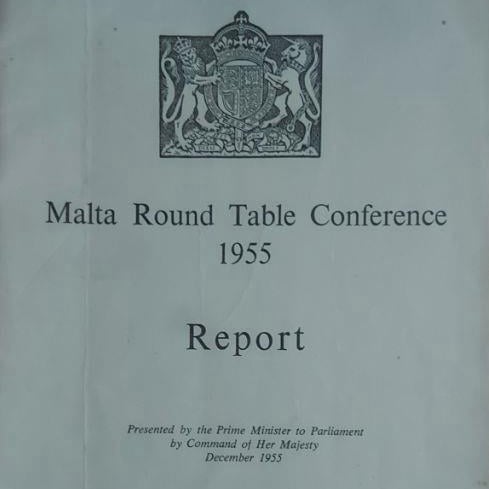
1947
Malta receives £30 million to assist with post-War reconstruction.
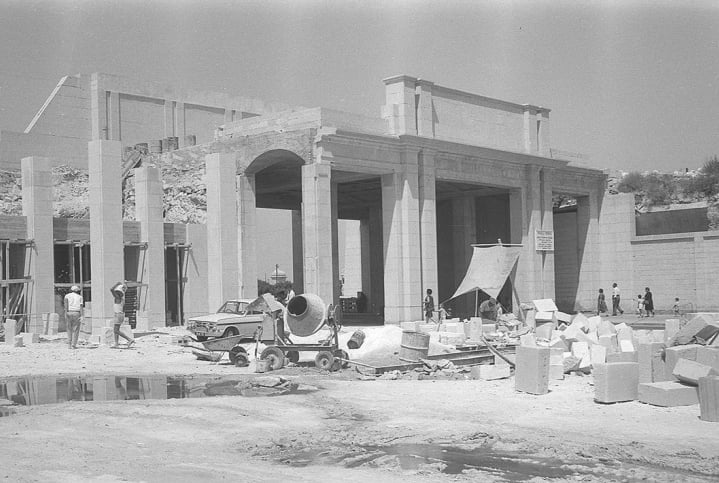
1947
Restoration of Self-Government.
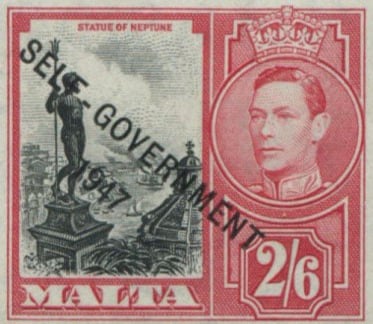
1946
A National Assembly is created.
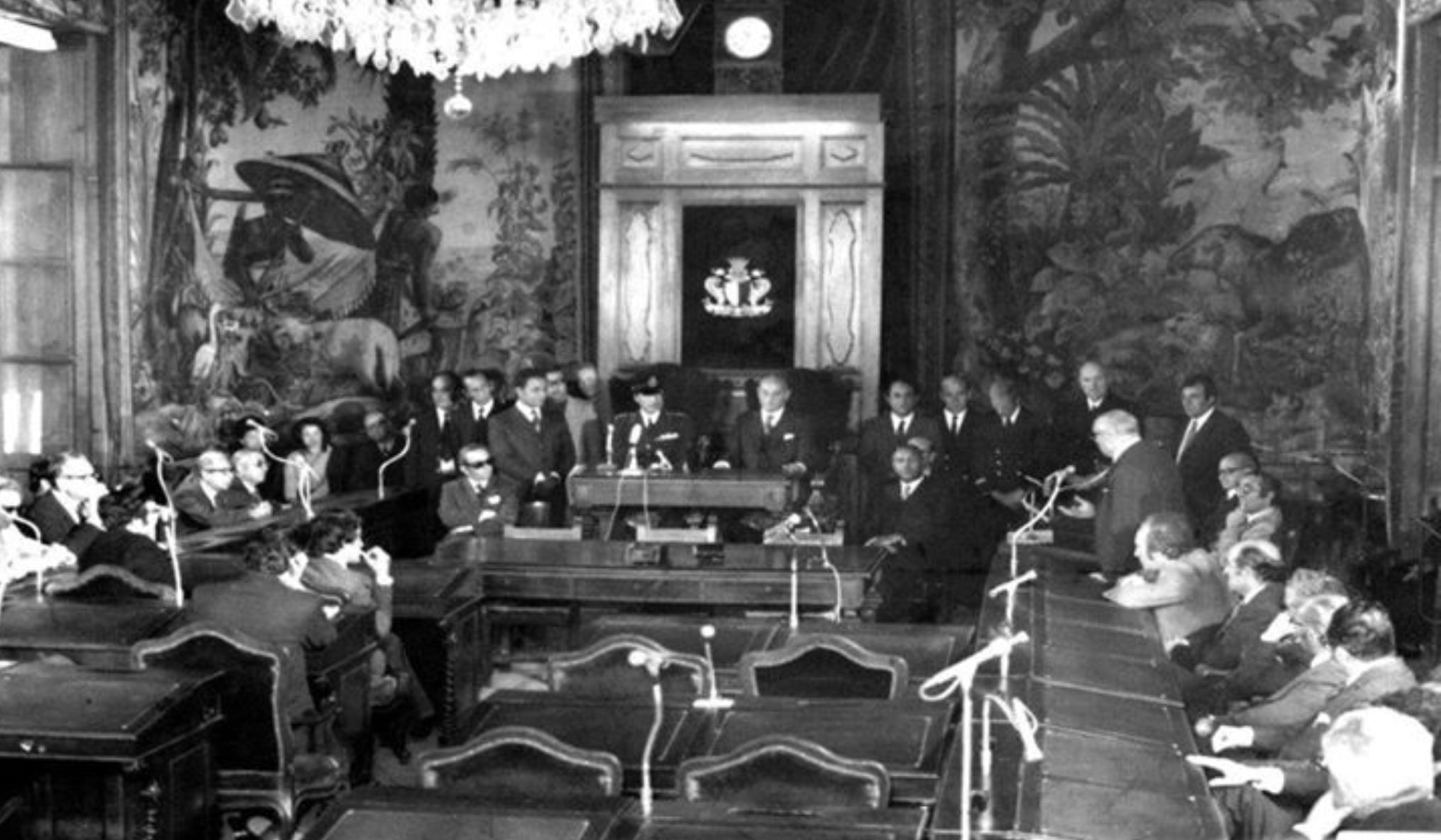
1945, March 8
The Maltese exiles are repatriated from Uganda.
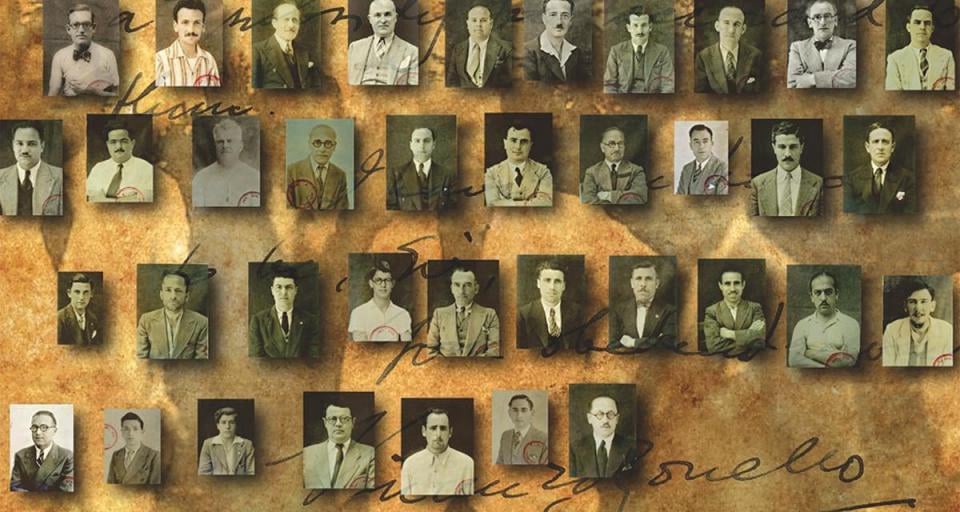
1945, January 30 - February 3
Malta Conference (1945); President Franklin D. Roosevelt of the United States and Prime Minister Winston Churchill of the United Kingdom meet on Malta to plan the final campaign against the Germans with the combined Chiefs of Staff, and to prepare for the Yalta Conference. (to 3 February)
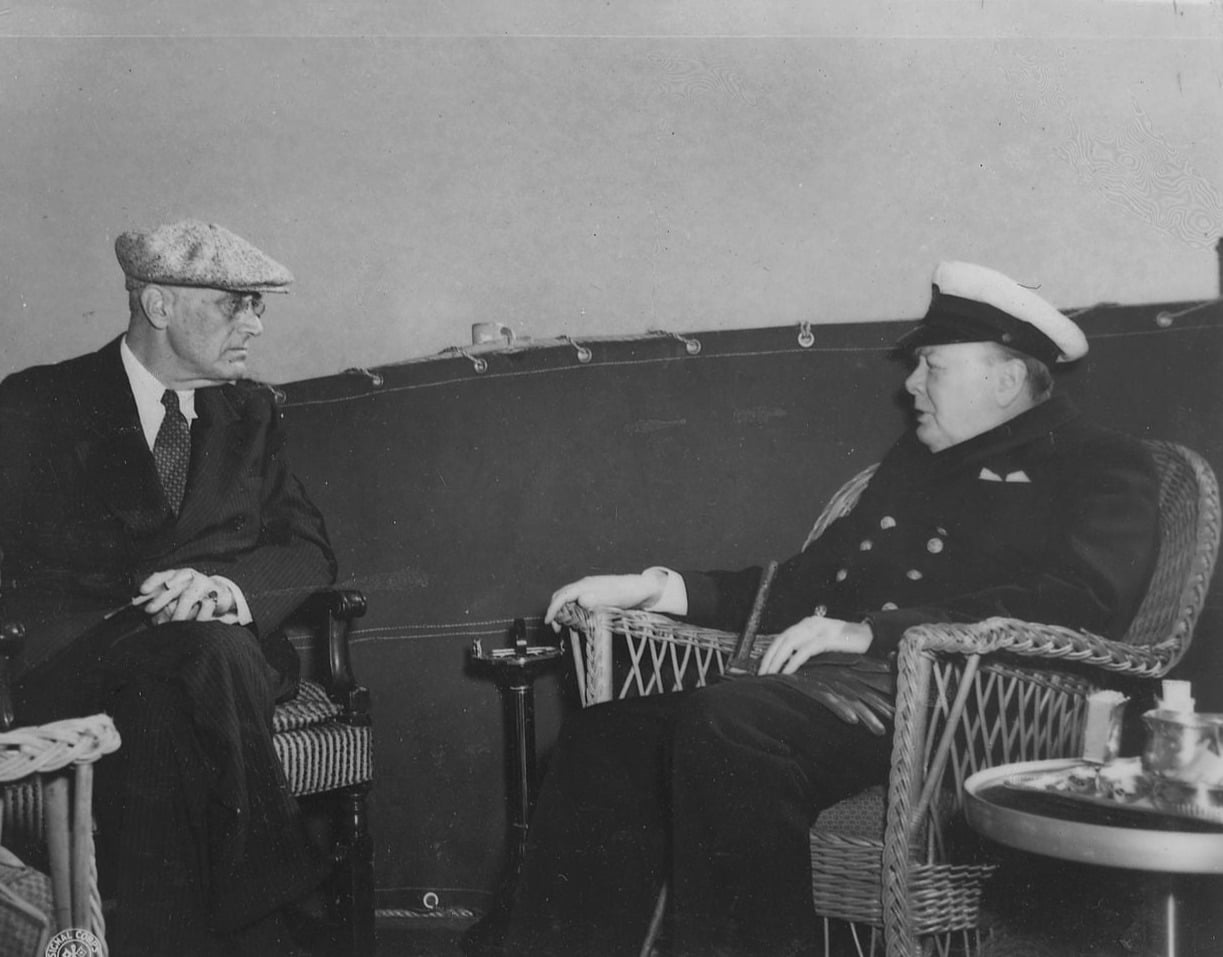
1944
The diocese of Malta is elevated to a Metropolitan See by Pope Pius XII.
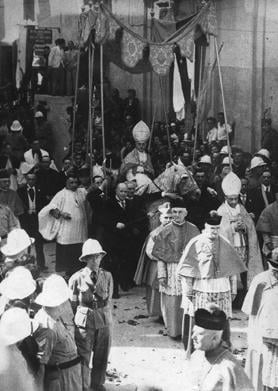
1943, September 29
The Italian fleet's surrender in Malta is signed by U.S. General Dwight D. Eisenhower and Italian Marshal Pietro Badoglio.
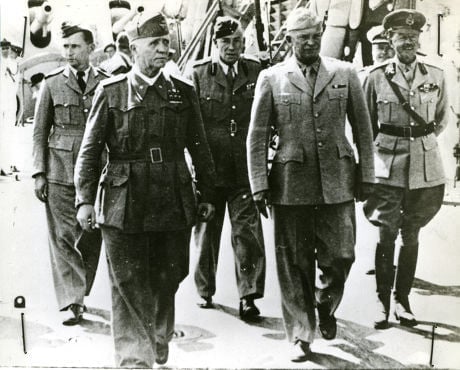
1943, September 11
Admiral Andrew Browne Cunningham signals to the British Admiralty: 'Be pleased to inform Their Lordships that the Italian battle fleet now lies at anchor under the guns of the fortress of Malta.'
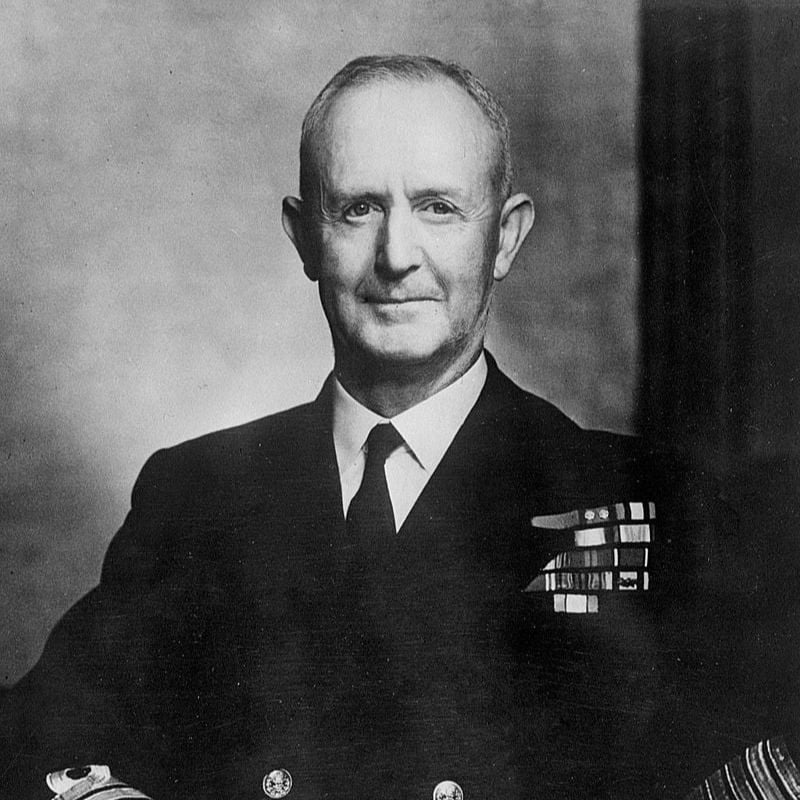
1943, September 8
On the national holiday that commemorates the lifting of the Siege of Malta (1565), Italy announces its unconditional surrender to the Allied forces, thus ending the second Siege of Malta (1940).
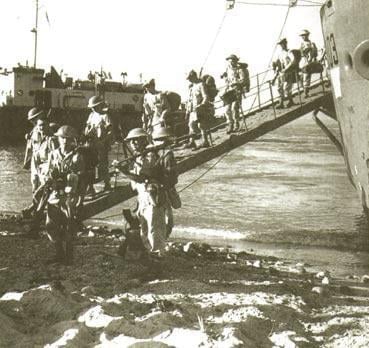
1943, July 9
(Operation Husky); 2,760 ships and major landing craft converge in a rendezvous near Malta in preparation for the Allied invasion of Sicily, under the command of U.S. General Dwight D. Eisenhower, who was stationed in the Lascaris War Rooms, in Valletta.
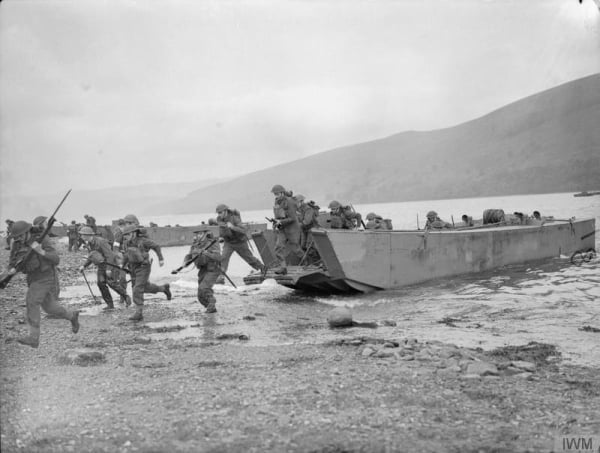
1943, June 6
The 21st Engineer Aviation Regiment of the USAAF arrives on Gozo to construct a landing strip at Xewkija in preparation for the Allied invasion of Italy; the airfield is constructed in 18 days.
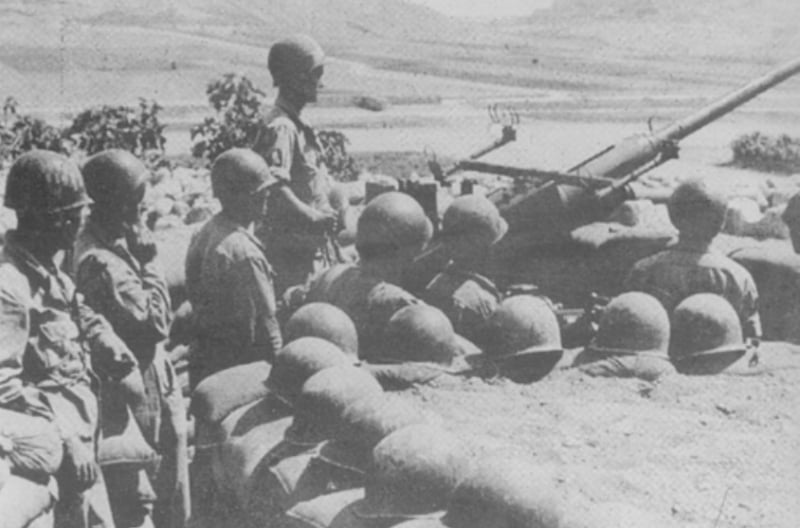
1942, August 15
With the people of Malta near starvation after two years of virtually constant bombardment, Operation Pedestal brings the 'Santa Marija Convoy' to Malta, saving the Islands from a planned surrender to the Axis powers.
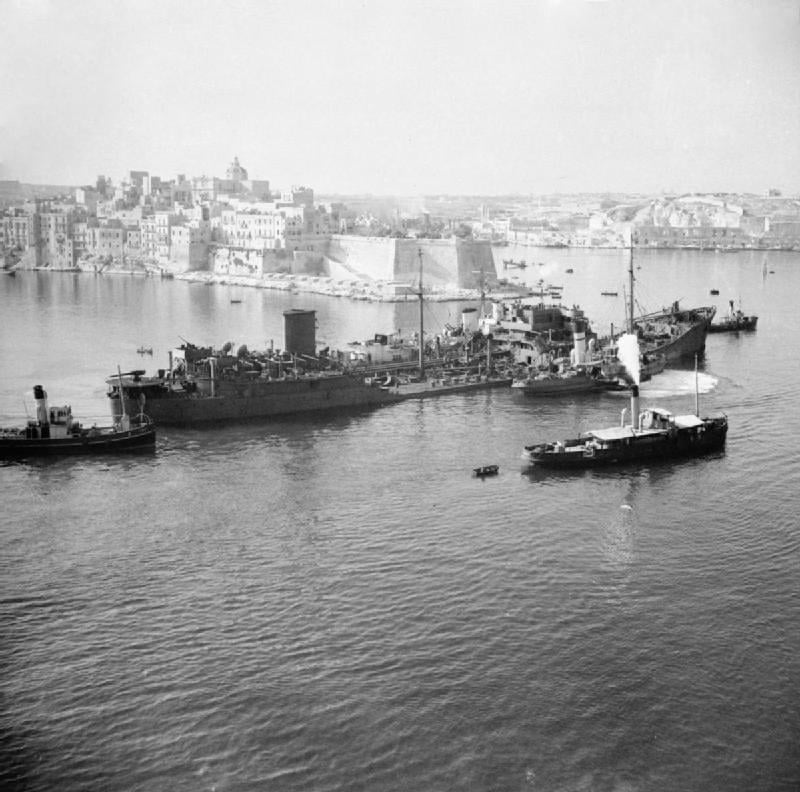
1942, April 15
The George Cross is awarded to Malta by King George VI, so as to 'bear witness to the heroism and devotion of its people'.
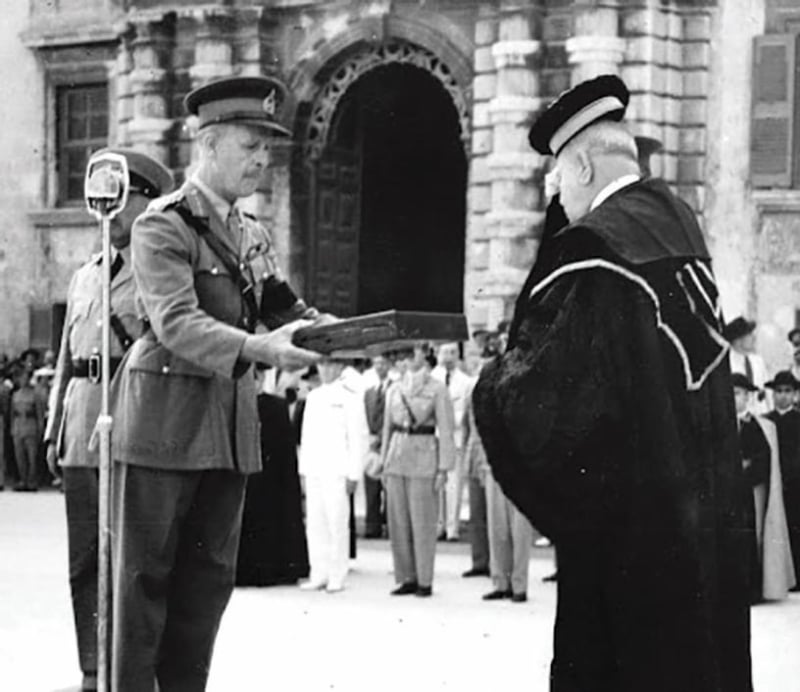
1942, April 9
A 200 kg bomb pierces the dome of the Rotunda of Sta. Marija Assunta, Mosta, but skids across the floor without exploding; two other bombs bounce off the roof and fail to explode; 300 people were hearing Mass inside the church at the time.
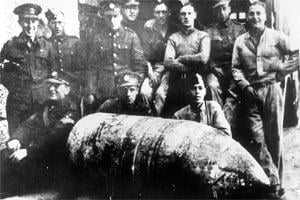
1942, April 7
The Royal Opera House, Valletta, is destroyed by Luftwaffe bombers.
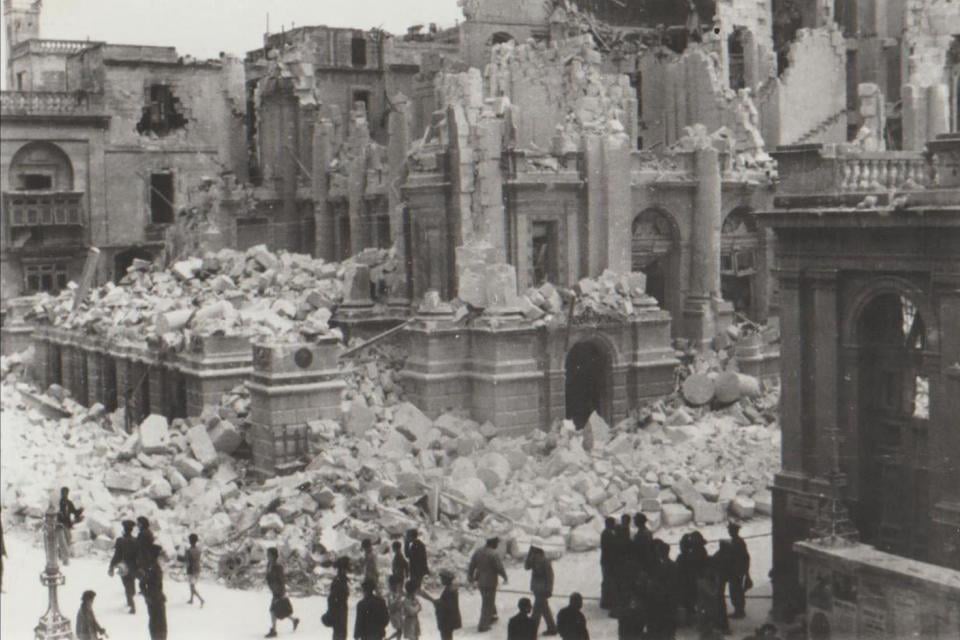
1942, April
The Court of Appeal declares that the deportation to Uganda of 'pro-Italian' Maltese subjects was illegal, null, and without effect. The deportees remain in Uganda nonetheless.
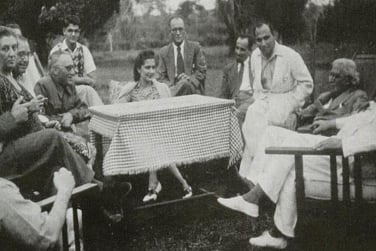
1942, February 9
In the Council of Government, Nationalist Party member Sir Ugo Mifsud gives a spirited, juridical rebuttal of Britain's policy of deporting 'italo-phile' Maltese subjects; he collapses in the Chamber of Deputies, and dies two days later.
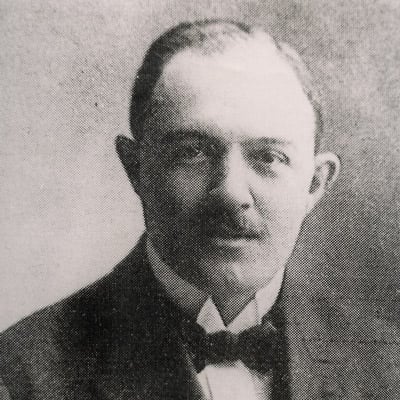
1942, February - March 8
Governor Dobbie issues a warrant for the deportation, exile and internment in Uganda of 47 Maltese (including Dr. Enrico Mizzi) who were suspected of pro-Italian sentiments. (to 8 March)
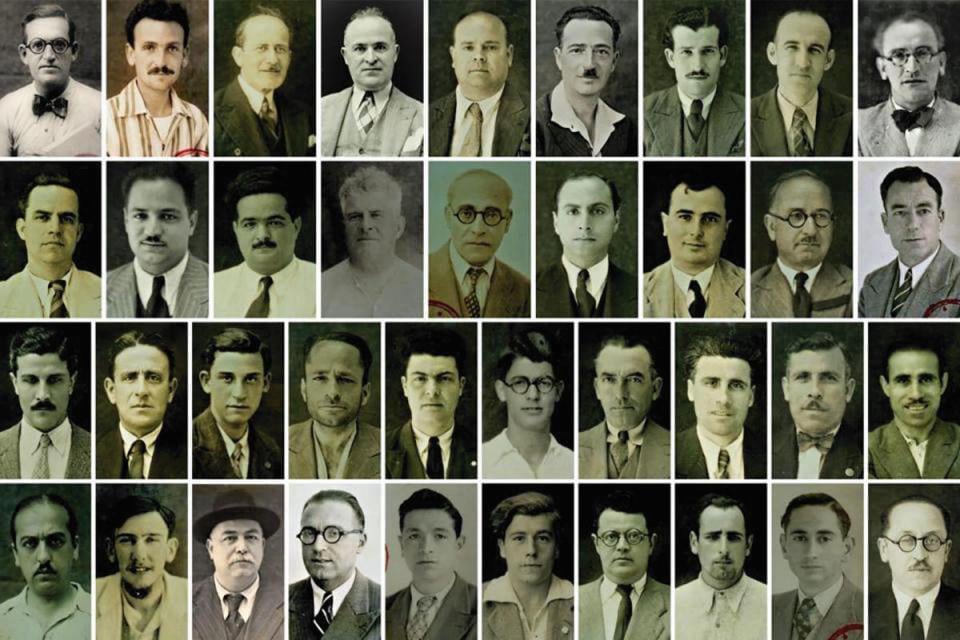
1940, June 11
First air raids on Malta. Malta would go on to endure the heaviest, sustained bombing attack of the War: some 154 days and nights and 6,700 tons of bombs.
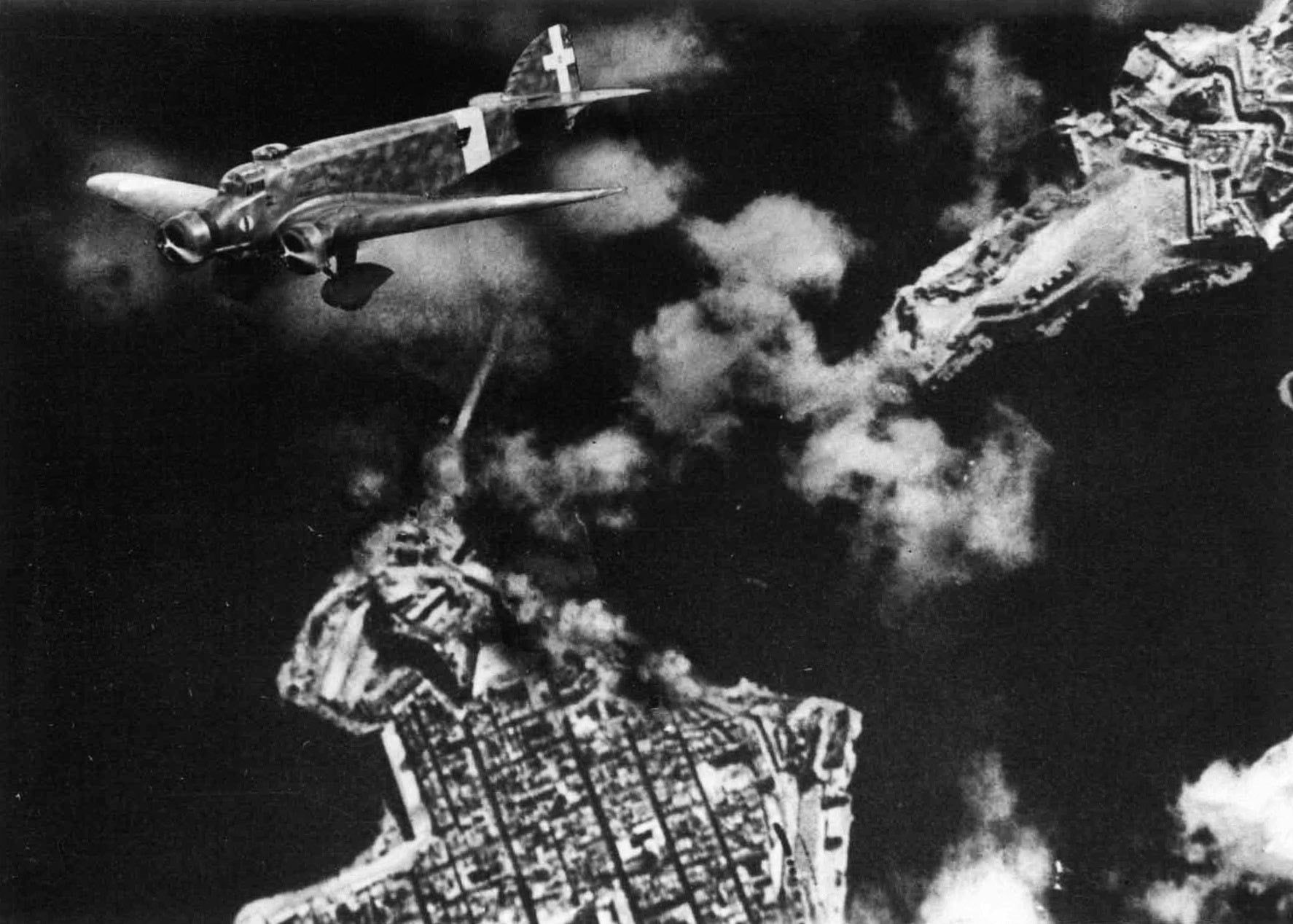
1940, June 10
Italy declares war on France and the United Kingdom.
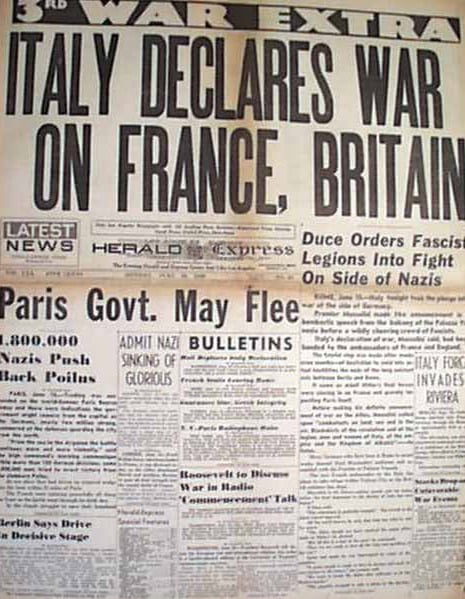
1940, May 30
Dr. Enrico Mizzi, co-leader of the Partito Nazionalista, is arrested and imprisoned in Fort San Salvatore, to secure 'the public safety and the Defence of the [Maltese Islands]...in view of the hostile origin or association of Dr. Enrico Mizzi.'
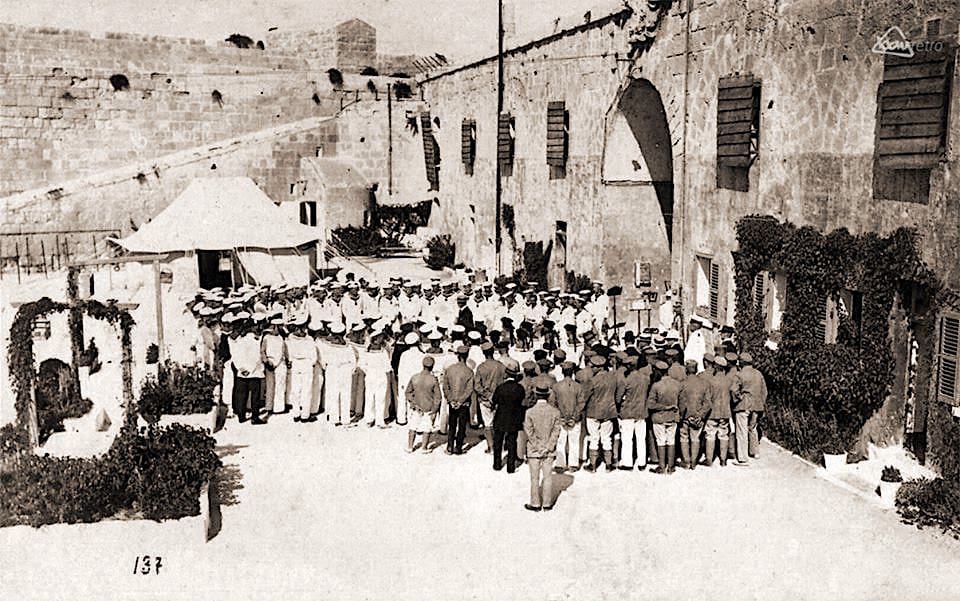
1940
Throughout World War II, Malta plays an important role due to the strategic location of the Grand Harbour at the crossroads of the Axis shipping lanes.
